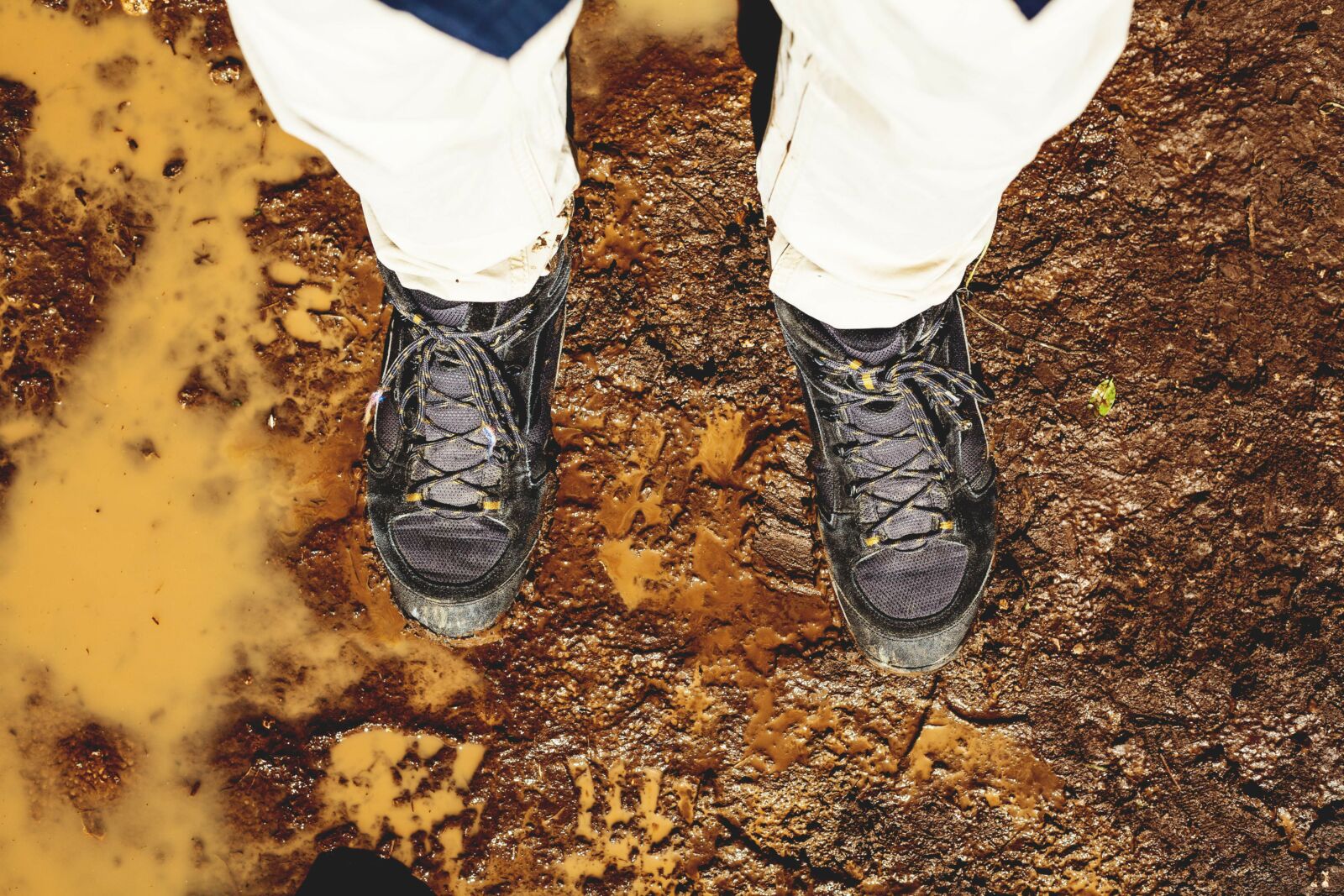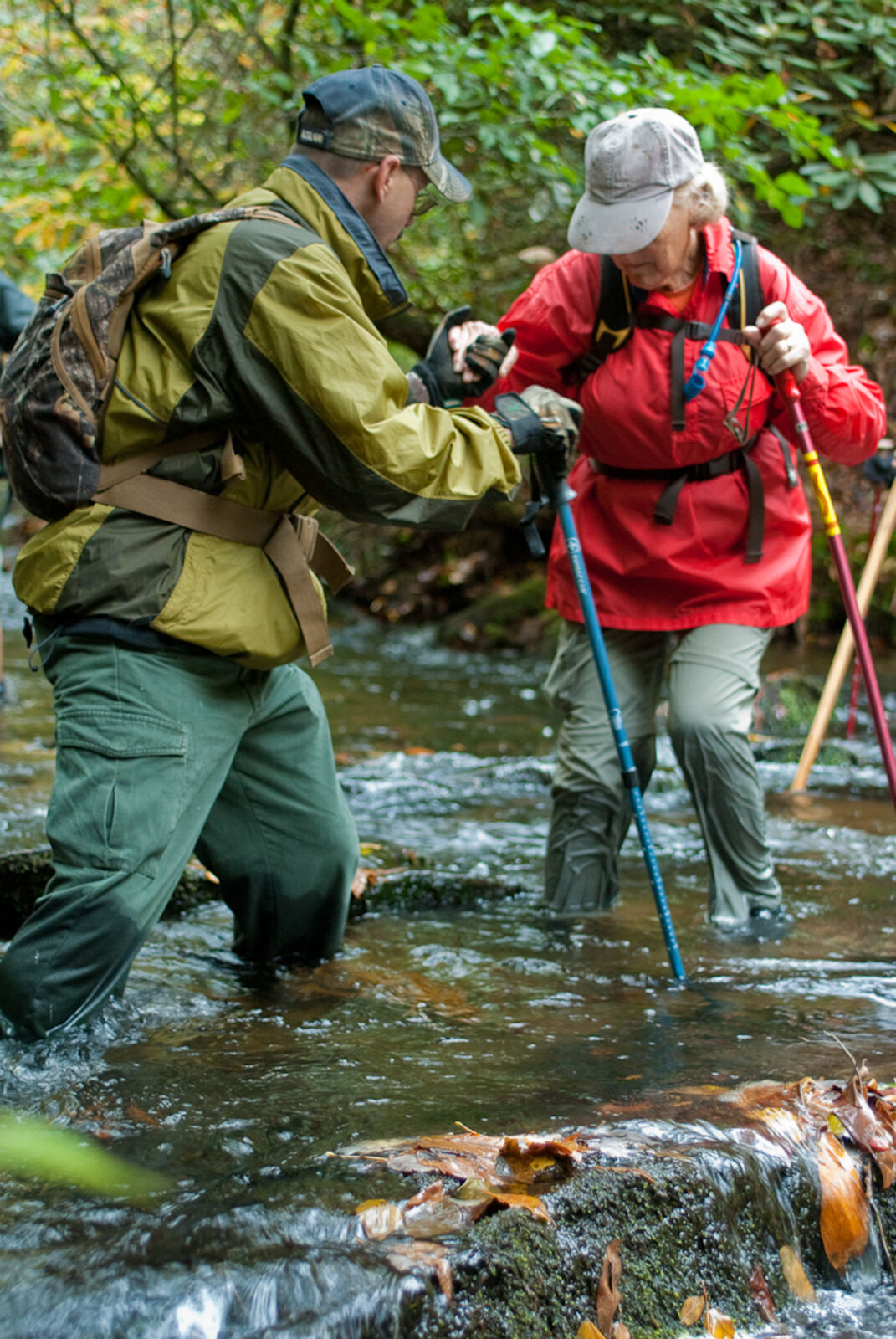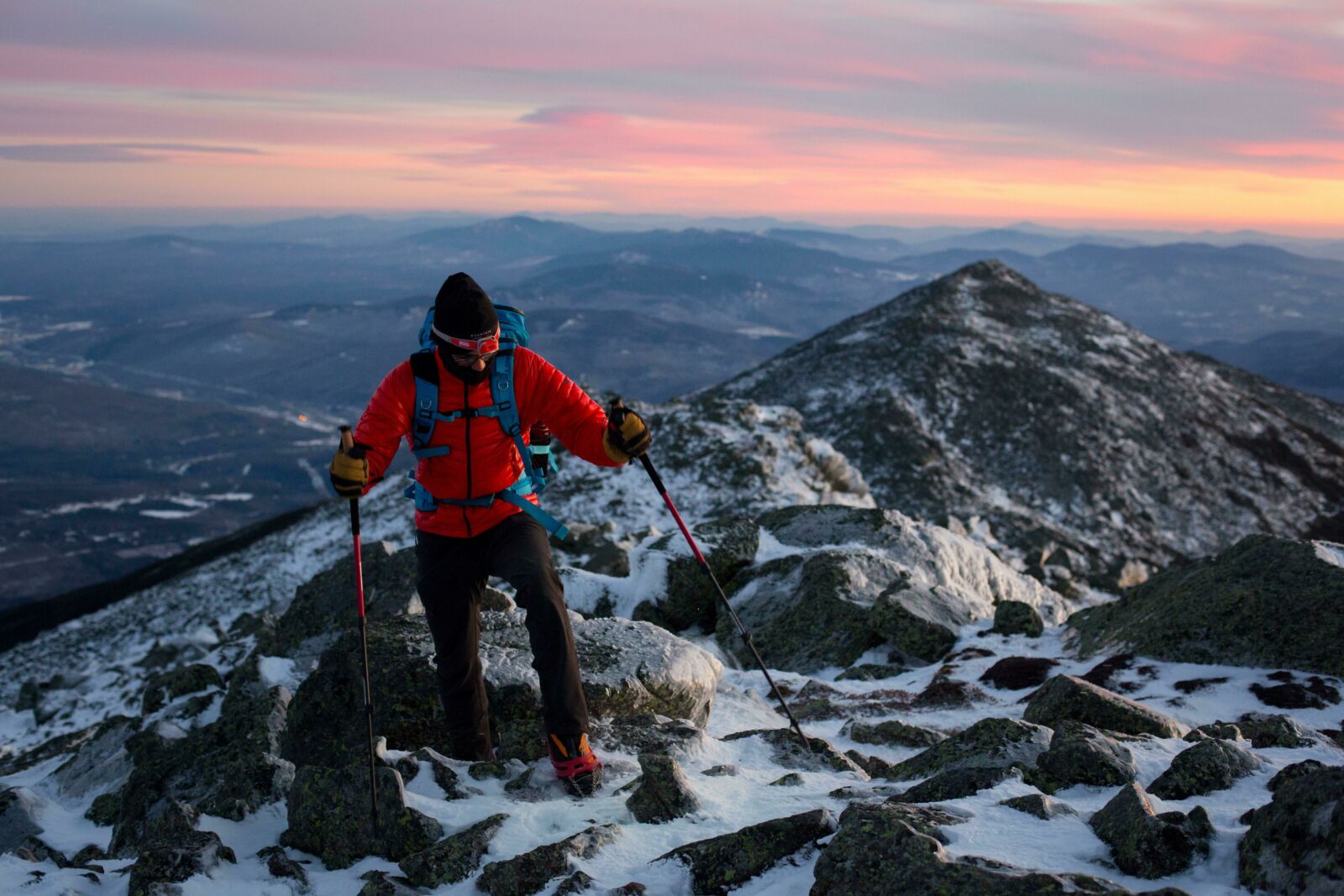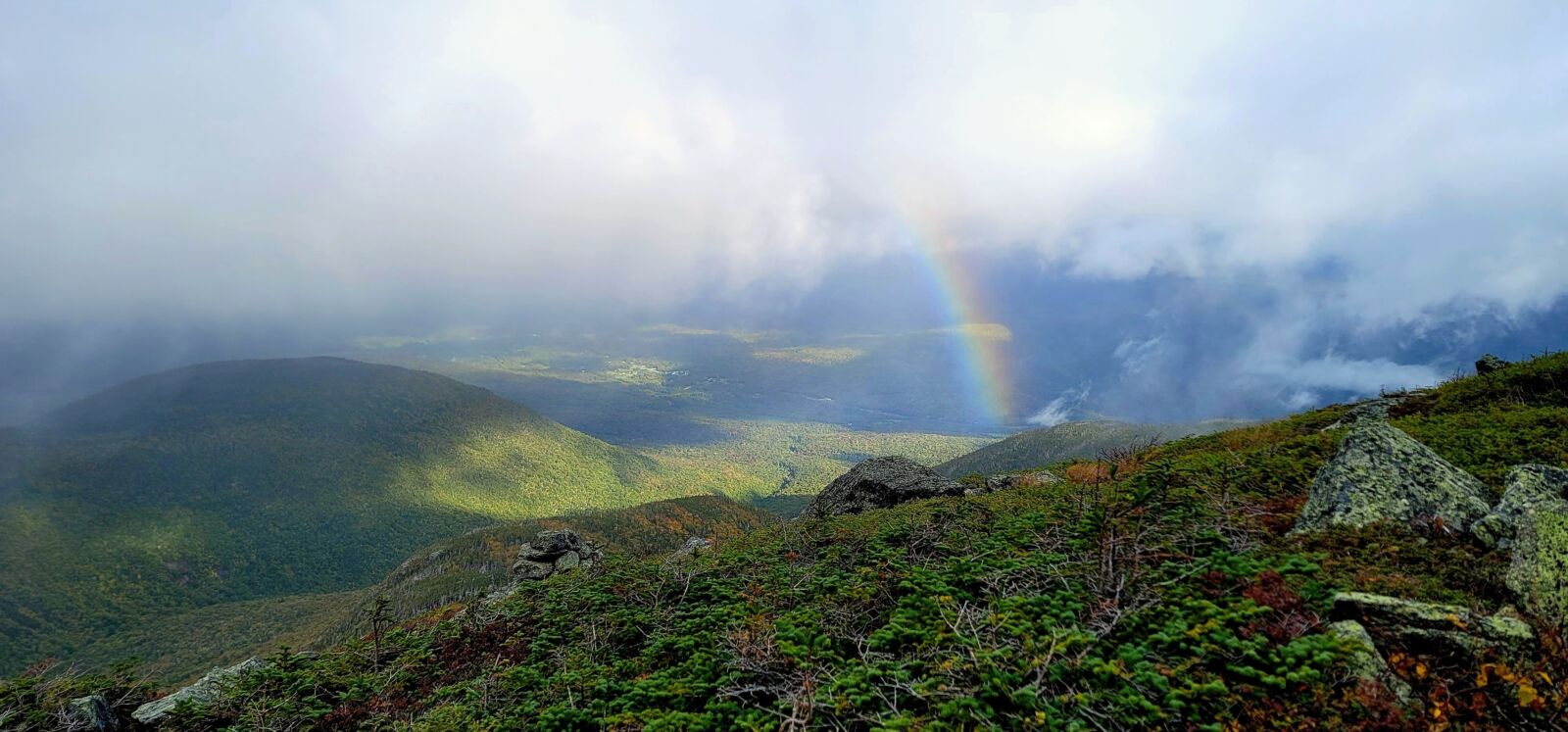It is spring again!
As the warmer weather and longer days call us back to our favorite trails, we are reminded of just how wet spring hiking can be. Mud, rain, snow melt, oh my! As you get back out on trails this season, here are some tips and tricks for how you can stay safe and recreate responsibly in spring’s wet conditions.

Photo by iStock.com/Daviles.
Mud Season
It is no secret that spring hiking is a muddy activity. The combination of rain and snow melt in early spring can create muddy conditions that hikers often try to avoid by walking to the side of the trail. This widens the trail which damages the surrounding vegetation and leads to soil compaction and erosion.
Recreate responsibly and lower your impact on trails by walking through the mud, sticking to the center of the path, and stepping on rocks when possible. Be prepared for mud with these simple tips:
- Embrace the mud! Wear waterproof shoes and pants that you don’t mind getting dirty.
- Bring a change of clothes, extra towels, and bags for the car. With the right preparation you don’t have to track mud into your car at the end of a hike. Put on a clean pair of socks and shoes and throw your muddy pair in a bag to wash when you get home.
- Choose hikes at low elevations and south-facing slopes. These trails tend to dry out faster than ones that are north-facing or at higher elevations. You can also avoid extremely muddy trails by asking your local U.S. Forest Service office.
- Turn around if a trail is extremely muddy. Walking in the center of a muddy trail creates ruts that cause their own erosion problems. If the mud is deep or covers more than a few spots on the trail, turn around. You can always come back when the trail has dried out!

Photo by Laura Hodge.
Elevated Water Levels
Snowmelt can make spring a spectacular time to go see waterfalls (see Fifteen National Forest Waterfalls Not to Miss), but it can also wash out trails and make water crossings more difficult to navigate.
Look for trails that have good river crossings like bridges and check conditions at a local Forest Service office to know if an area is passable before setting out. If you do need to make a water crossing, make sure you are prepared.
- Bring trekking poles. Trekking poles are great for navigating tricky terrains. During a water crossing, they give you extra points of contact and can help you find the slowest moving and shallowest sections to cross.
- Don’t cross barefoot. Bring an extra pair of socks and shoes that will provide traction on wet surfaces and protect your feet.
- Know how to ford a stream or river safely. Avoid strong currents and water that is higher than your knees. If it doesn't seem safe, don't risk it.
In the spring you also need to be wary of rising waters and flash floods. Always check the weather and risk of flash flooding in your area before starting a hike.
Learn more about how you can tell when rivers, streams, and creeks are safe to cross.

Photo by Corey Fitzgerald Photography.
Lingering Snow and Ice
You might be ready to go on a snow-free hike after a long winter, but it is important to be prepared for lingering snow and ice, particularly at higher elevations.
Like mud, you should walk on patches of snow in the middle of the trail rather than to the side, where you could damage the surrounding vegetation and contribute to erosion. If you expect to encounter more than a few patches of snow, you should be prepared with trekking poles and a traction device like crampons that can be added to your boots to reduce the risk of slipping.
As snow melts it destabilizes snowpacks, making spring a prime time for avalanches. Check your local avalanche forecast before heading out and pack avalanche safety gear if you plan on hiking in snowy conditions.
Learn more about avalanche safety.

Photo by Christopher West.
Make the Most of it
Spring is a great time to go hiking. Birds are nesting, wildflowers are blooming, and wild berries are fruiting. Trails may be wet, but with the right preparation every hiker can be ready to recreate safely and responsibly.
Cover photo by Wes Hicks.
--------
You now know that National Forests provide more hiking opportunities than any other public lands in the U.S. The NFF is determined to ensure this incredible resource is always available. Your unrestricted gift today can help us restore trails, improve safety, and much more. Please click here to make your gift today. Thank you!

